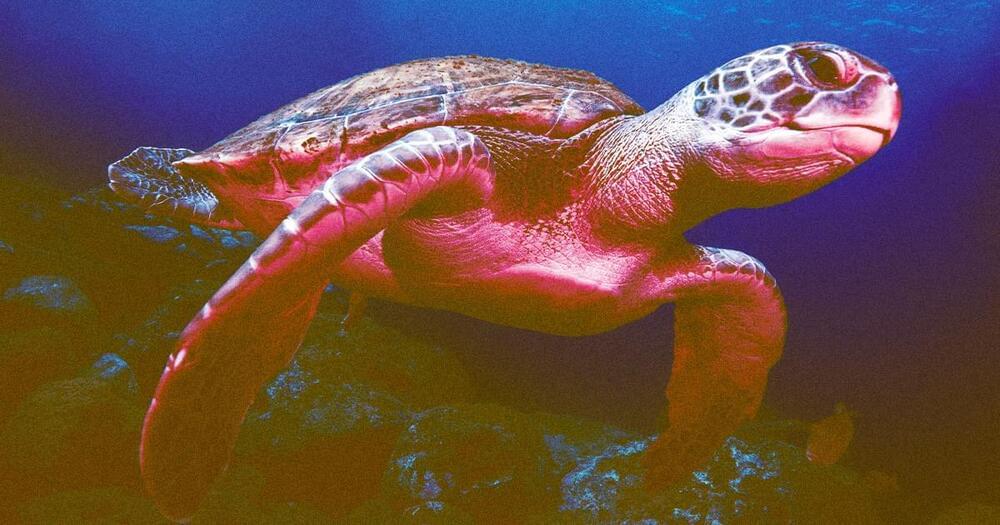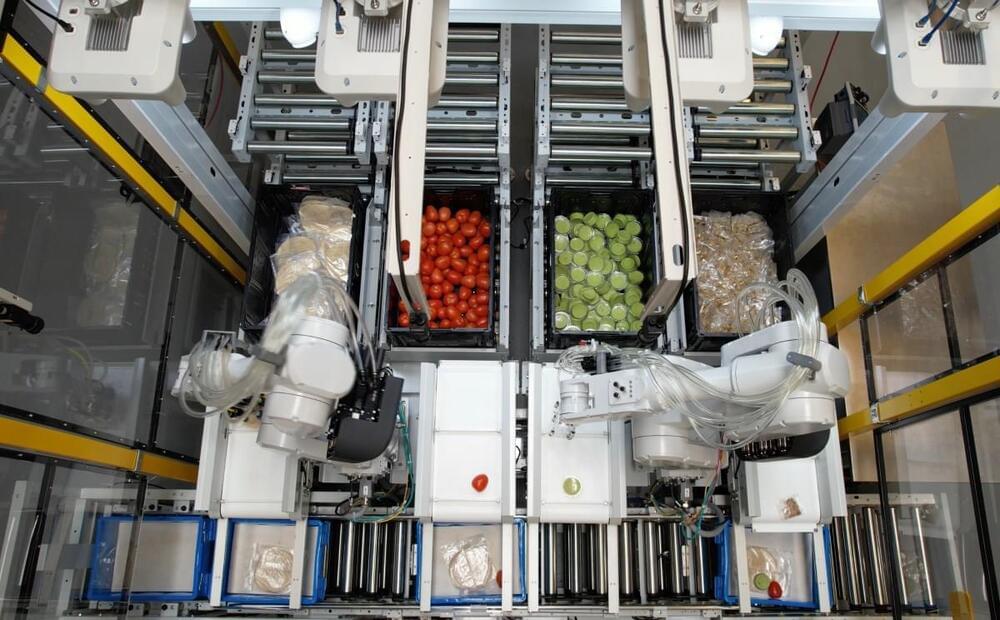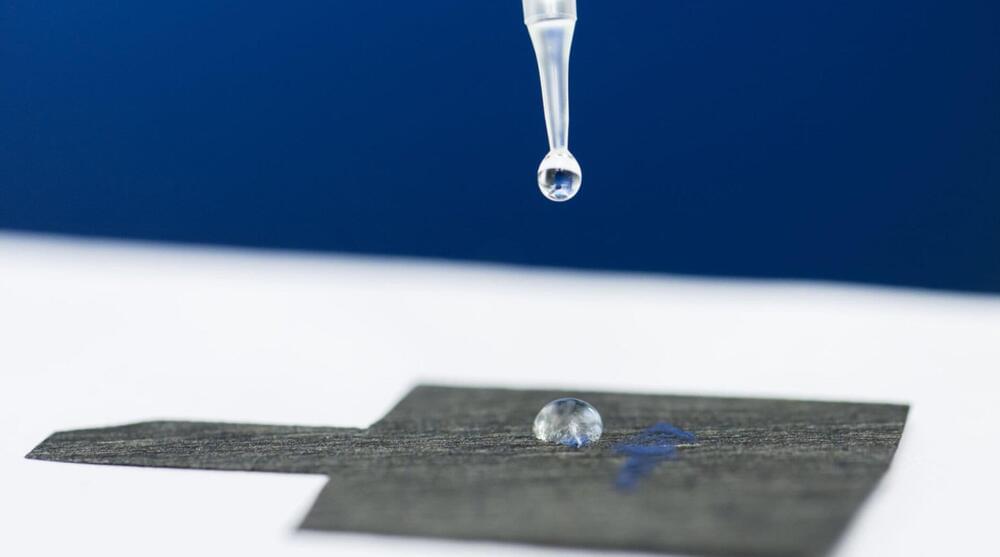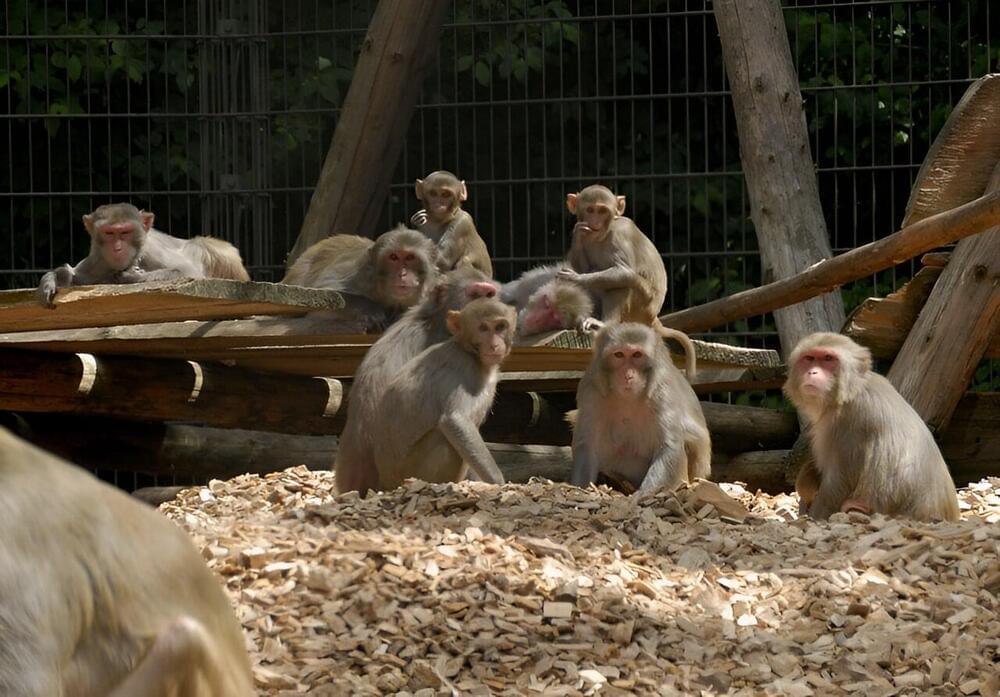Mar 14, 2024
US ditches LIDAR, develops self-driving stealth tech to tackle lasers
Posted by Gemechu Taye in categories: food, military, robotics/AI, space
Researchers at the US Southwest Research Institute (SwRI) have developed camera-based autonomous driving tools that can work without deploying technologies like LIDAR and RADAR.
The technology can potentially deliver stealth capabilities for the military while finding applications in space and agriculture.
Modern autonomous driving solutions rely extensively on light detection and ranging (LIDAR) sensors to visualize objects around the vehicle. A software solution then identifies the objects nearby and helps the vehicle’s computer decide whether to halt or slow down.


















